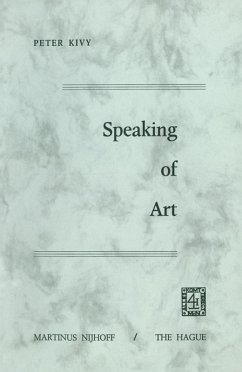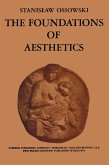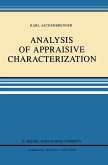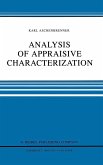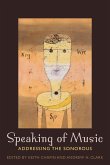As the title of this book was meant to suggest, its subject is the way we talk about (and write about) works of art: or, rather, one of the ways, namely, the way we describe works of art for critical purposes. Be cause I wished to restrict my subject matter in this way, I have made a sharp, and no doubt largely artificial distinction between describing and evaluating. And I must, at the outset, guard against a misreading of this distinction to which I have left myself open. In distinguishing between evaluative and descriptive aesthetic judgments, I am not saying that when I assert "X is p," where p is a "descriptive" term like "unified," or "delicate," or "garish," I may not at the same time be evaluating X too; and I am not saying that when I make the obviously "evaluative" assertion "X is good," I may not be describing X. Clearly, if I say "X is unified" I am evaluating X in that unity is a good-making feature of works of art; and as it is correct in English at least to call anevaluation a description, I do not want to suggest that if an assertion is evaluative, it cannot be de scriptive (although there have been many philosophers who have thought this indeed to be the case).
Hinweis: Dieser Artikel kann nur an eine deutsche Lieferadresse ausgeliefert werden.
Hinweis: Dieser Artikel kann nur an eine deutsche Lieferadresse ausgeliefert werden.

